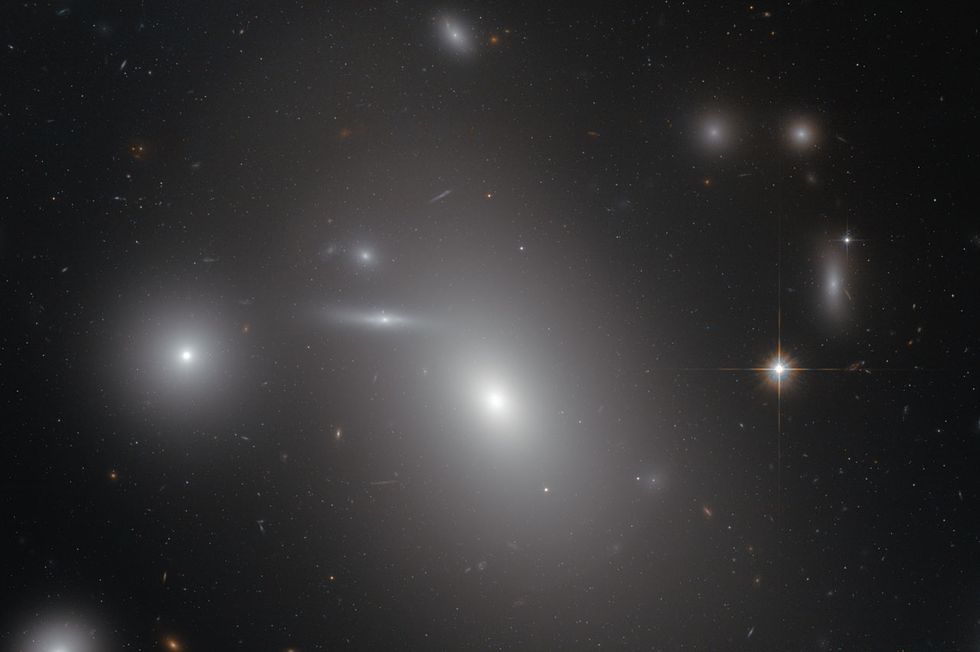
This image shows the elliptical galaxy NGC 4889 in front of hundreds of background galaxies, and deeply embedded within the Coma galaxy cluster. Well-hidden from human eyes, there is a gigantic supermassive black hole at the centre of the galaxy. (Image source: NASA/ESA)



